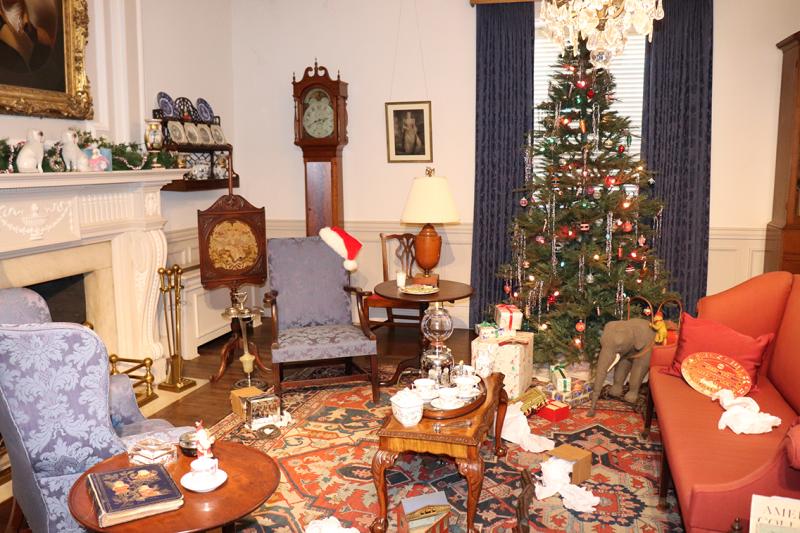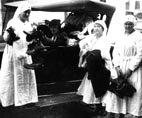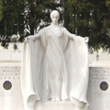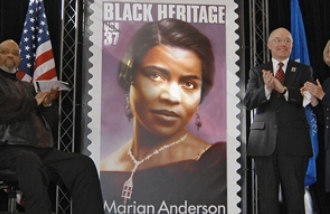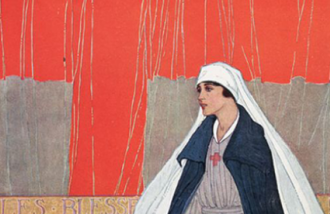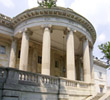You’ll be humming your favorite Christmas songs as you view a selection of the period rooms decorated for Christmas. Each features a different Christmas carol written in the decade the room depicts. What can the song tell us about the time period it comes from?
God Rest You Merry Gentlemen
1770s Bedroom and Parlor in Massachusetts
The lyrics to this song first appeared in print in England around 1700. “Rest you merry” was an older way to wish someone peace and happiness —sorely needed here on the eve of the American Revolution.
Even if they wanted peace and happiness, the family here may not have wished each other a merry Christmas. In the 1770s, some groups did not observe the holiday at all, and not all celebrations were alike. Some people spent the day in pious devotion, while others made merry with an excess of food, drink, and noise. During this rare period of rest in the agricultural calendar, even those who did not celebrate Christmas made special foods at this time of year.
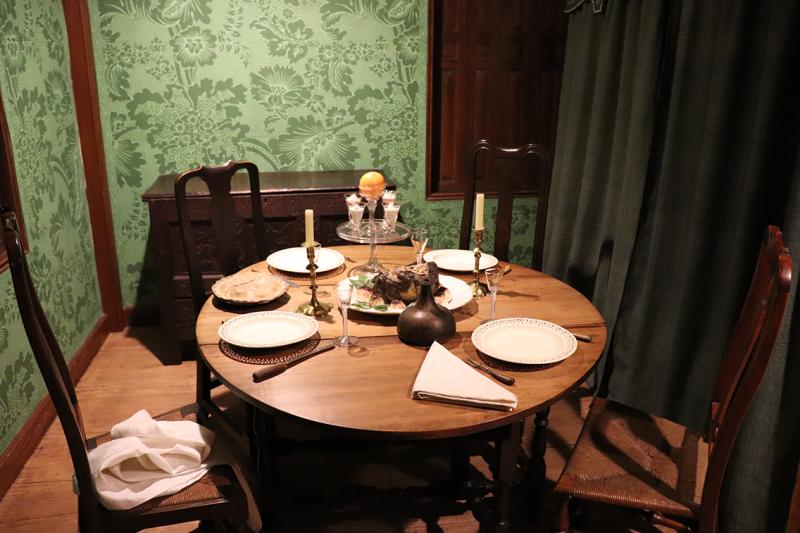
Der Tannenbaum
1820s Parlor in the United States
This song, translated into English as O Christmas Tree, never mentions Christmas in the original 1824 German version. Der Tannenbaum (“The Fir Tree”) praises the tree’s constancy and reliability in staying green throughout the year, unlike the fickle nature of humanity.
While some people decorated churches with greenery for Christmas in 1820s America, you would only see a Christmas tree in the house of a German family. These small trees were placed on a table and decorated with cookies, fruit, and toys. It was not until later that the idea spread to other ethnic groups in America.
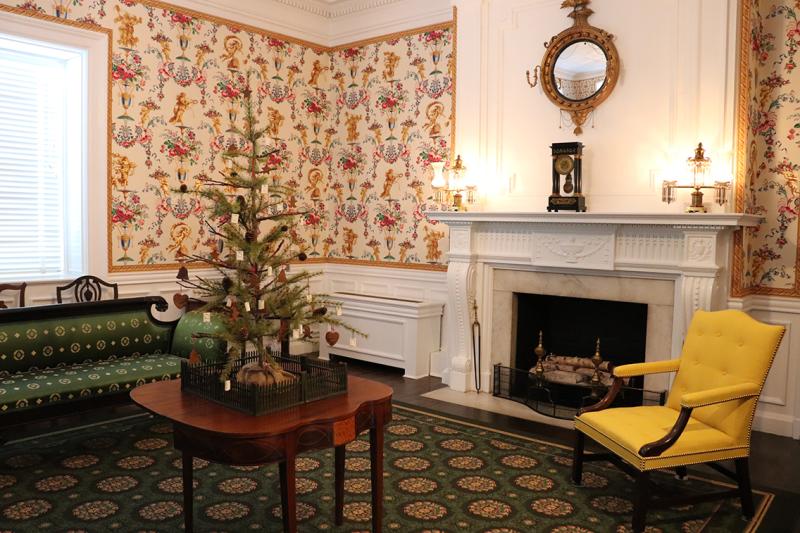
Joy to the World
1840s Parlor in Alabama
Englishman Isaac Watts wrote the words in 1719, basing them on a biblical psalm, but the tune we know today did not appear until 1839. Lowell Mason wrote the music and titled it “Antioch” after the ancient Syrian city (now in Turkey), an important center of early Christianity.
This joyful hymn would suit the Christmas celebrations on a 19th century southern plantation. Greenery decked the houses and the head of the household gave gifts to children and to slaves. It might be the only time of year the enslaved people were allowed to visit their families living on other plantations. Music, dancing, and feasting for all completed the holiday’s merriment.
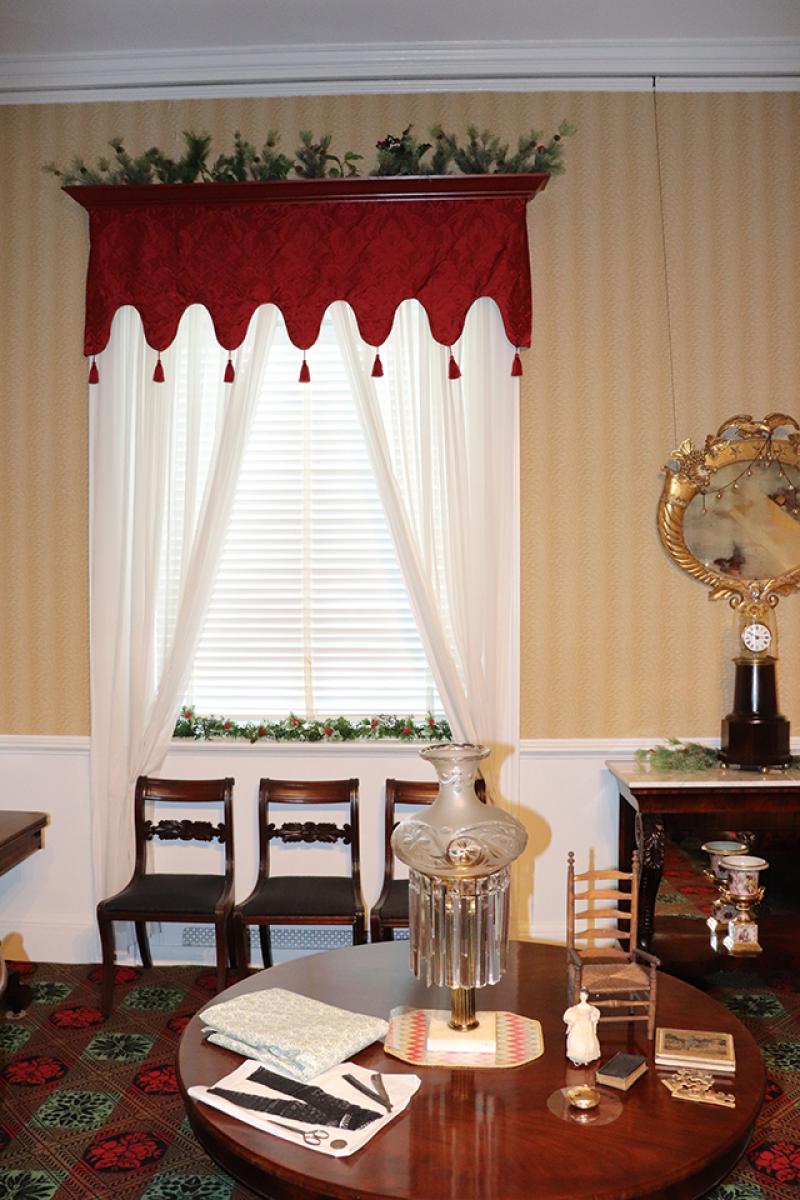
Jingle Bells
1850s Parlor in California
“Jingle Bells, or The One Horse Open Sleigh,” was never about Christmas. Rather, its lyrics paint an image of spending time with girls on a fun sleigh ride. From its first publication in 1857, this song grew in popularity to become the first song broadcast from space in 1965.
This carefree spirit reflected Yuletide celebrations in the mid-1800s. Christmas for many Americans was a time of revelry involving guns and alcohol. A diary entry in 1852 recorded that “San Bernadino, California... sounded like a battle field[.] The boys are celebrating Christmas.”
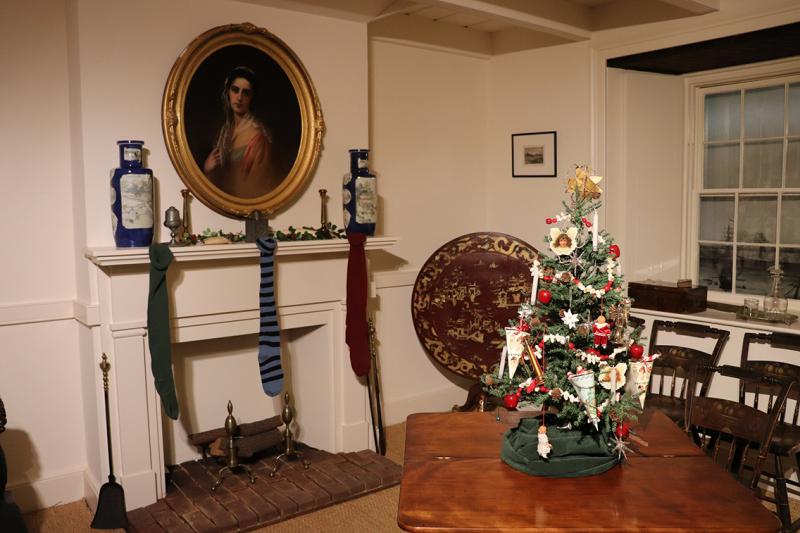
Silent Night
1860s Bedroom in Texas
The German family whose bedroom you see here could have sung either the original German “Stille Nacht,” first performed in 1818 on a guitar, or the 1859 translation into English.
Christmas celebrations by the mid-1800s had turned away from public revelry and towards the home, with family members exchanging both homemade and purchased gifts. Wartime shortages made candy an expensive and rare treat, so the children here would be especially excited to open their stockings on Christmas morning.
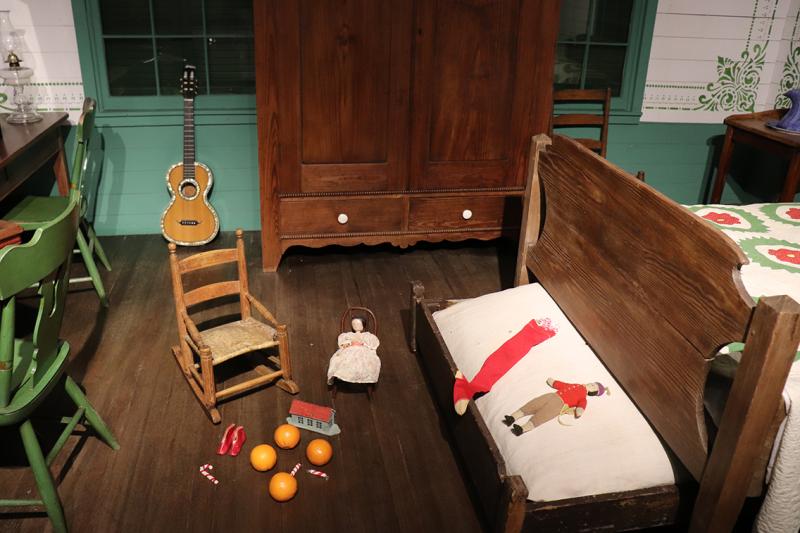
The Twelve Days of Christmas
1910s Dining Room
The old English folk tradition of “counting songs” gave us this well-known carol. The words come from the 1700s but the music we recognize was not written until 1909.
By the early 1900s, gift-giving was an integral part of the Christmas holiday. Many people exchanged cheap and useless novelties, and for the more “handmade” feel you could purchase pre-assembled gifts that just needed a few finishing touches to personalize them.
This room contains one “gift” symbolizing each of the twelve days of Christmas.
Ding Dong! Merrily on High
1920s Library in Michigan
While a 1589 French dance tune gave us the music, it wasn’t paired with words until 1924. The author of the lyrics deliberately made them sound antique by incorporating Old English verb forms and Latin phrases.
The mix of secular music and religious words captures the dilemma of Christmas celebrations in the early 1900s. The holiday was moving into the public sphere, with the first community Christmas tree erected in 1912 and the first National Christmas Tree in 1923. This created a dilemma for Americans who were not Christian; the Jewish community in particular debated how best to participate in the public cultural holiday but not its religious aspect.
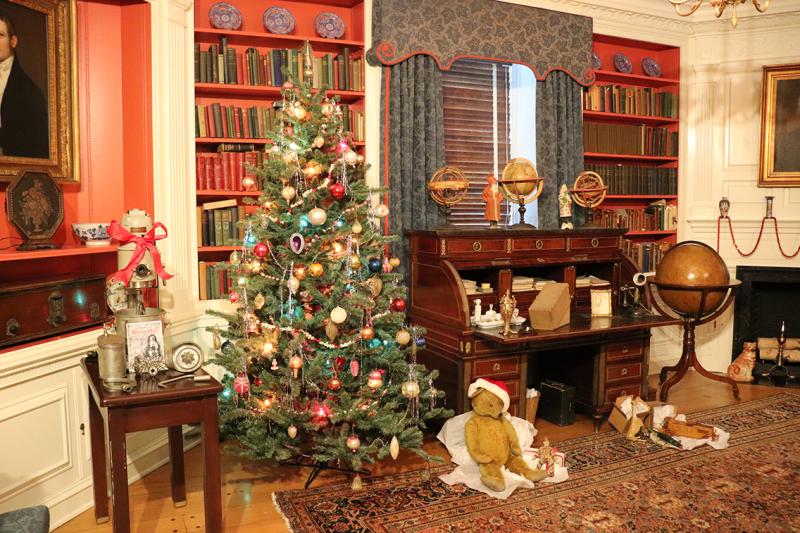
Santa Claus is Comin’ to Town
1930s Parlor in Indiana
Radio star Eddie Cantor sang this song for the first time in 1934 and it was a big hit at that year’s Macy’s Thanksgiving Day Parade.
Over the years, images of Santa Claus varied widely, from a short beardless elf to a tall Father Christmas with flowing robes. Santa’s appearance as a large, white-bearded man in red prevailed by the end of the 1800s, and a 1930s family would be familiar with this depiction of the “jolly old elf.”
